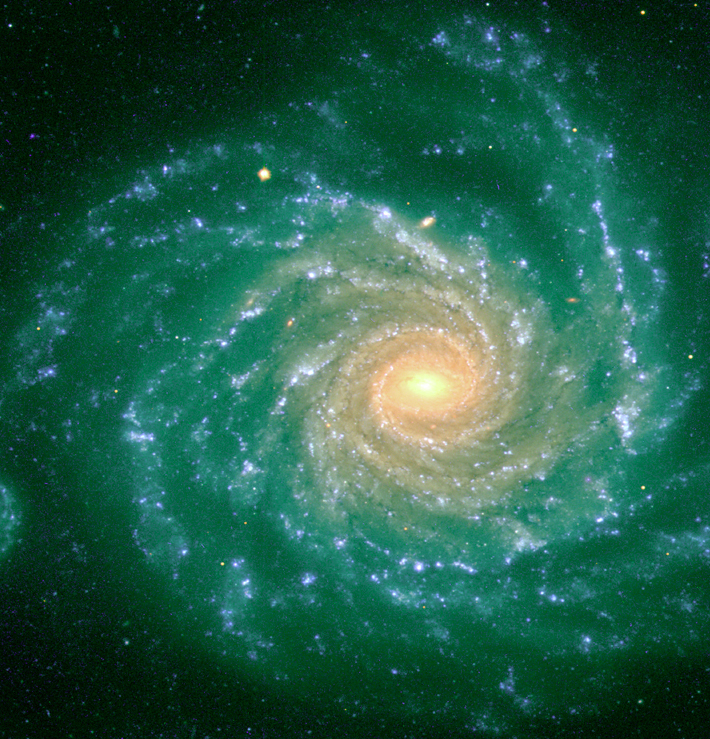How Israel and the United States Helped to Bolster Hamas
 As Hamas wins an upset victory in the Palestinian parliamentary elections, we take a look at the little-known rise of the militant group with investigative journalist Robert Dreyfuss, author of the new book "Devil's Game: How the United States Helped Unleash Fundamentalist Islam." In it, Dreyfuss reveals how the U.S. looked the other way when Israel's secret service supported the creation of Hamas.
As Hamas wins an upset victory in the Palestinian parliamentary elections, we take a look at the little-known rise of the militant group with investigative journalist Robert Dreyfuss, author of the new book "Devil's Game: How the United States Helped Unleash Fundamentalist Islam." In it, Dreyfuss reveals how the U.S. looked the other way when Israel's secret service supported the creation of Hamas.According to Middle East analyst Dilip Hero, the success of Hamas in the Palestinian parliamentary elections comes as other Islamist groups gaining political strength in the Middle East. Last year Islamist candidates won most of the seats in the municipal elections in Saudi Arabia. In Lebannon, Hizbollah has emerged as the preeminent representative of Lebanese Shiites. In Egypt, the Muslim Brotherhood won 60% of the seats it contested last year. And in Iraq, religious Shiite and Sunni parties performed best in December parliamentary elections.
To talk about the emergence of Hamas as a political force in the Occupied Territories, we speak with investigative journalist Robert Dreyfuss. He writes about the rise of Hamas in his new book Devil's Game: How the United States Helped Unleash Fundamentalist Islam.
Robert Dreyfuss, investigative reporter and author of the book "Devil's Game: How the United States Helped Unleash Fundamentalist Islam." He is a contributing editor at Mother Jones, the Nation and American Prospect...click to listen









